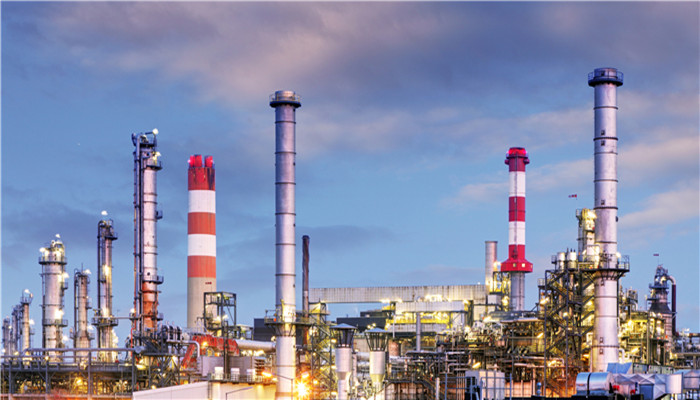
The mismatch between supply and demand has boosted market sentiment, and the integrated development trend of the maleic anhydride industry is obvious.
Maleic anhydride, referred to as maleic anhydride, is an important organic chemical raw material. It appears as colorless needle-like or flaky crystals and has a strong pungent odor. Maleic anhydride is flammable, toxic, and soluble in water, ethanol, ether, acetone, benzene, chloroform, etc. As a chemical raw material, maleic anhydride can be used to produce fine chemicals, unsaturated polyester, basic chemicals, etc., and is widely used in food, medicine, degradable plastics, coatings, inks, lubricants and other fields.
According to the “China Maleic Anhydride Industry Market Survey Research Report 2021-2025” released by the Industrial Research Center, after years of development and accumulation The scale of my country’s maleic anhydride industry continues to expand. At this stage, the main manufacturers of maleic anhydride in my country include Qixiang Tengda, Shenghong Petrochemical, Yabang Chemical, Yizheng Chemical Fiber, Tianjin Zhonghe, Qiaoyou Chemical, etc. Among them, Qixiang Tengda is the largest domestic maleic anhydride manufacturer. A leading anhydride company, it occupies about 24% of the domestic market share. In 2020, Qixiang Tengda’s maleic anhydride output will be about 250,000 tons.
According to different raw materials, the production process of maleic anhydride can be divided into four types: benzene oxidation method, n-butane oxidation method, carbon tetraolefin oxidation method and phthalic anhydride by-product method. Among them, benzene oxidation method and n-butane oxidation method are the main production methods of maleic anhydride at present. Technology, n-butane oxidation method accounts for more than 75% of the production capacity. Since 2016, as environmental protection supervision has become increasingly strict, benzene oxidation production capacity has gradually withdrawn from the market, and the maleic anhydride market supply pattern has continued to optimize.
On the supply side, in recent years, the new production capacity of maleic anhydride has been limited. As backward production capacity withdraws from the market and subsequent production capacity is put into operation, the development trend of scale, large-scale and integrated development of the maleic anhydride industry has become increasingly obvious. In order to improve market competitiveness, many companies, including Qixiang Tengda and Shenghong Petrochemical, while expanding the production of maleic anhydride, also extended to the downstream deep processing industry chain, showing n-butane-maleic anhydride-1,4-butane. Diol (BDO)—the entire industrial chain layout of degradable new materials.
On the demand side, maleic anhydride has a wide range of applications, traditional market demand is growing steadily, and potential market demand is about to explode. The potential market demand is mainly concentrated in degradable plastics. As environmental protection supervision becomes increasingly strict, the planned and under-construction production capacity of degradable plastics has increased. The increase in the production capacity of degradable plastics such as PBAT and PBS will stimulate the release of BDO market demand. It is expected that 2021-2025 In 2019, the new demand for BDO will exceed 4.8 million tons/year. At present, the new BDO production capacity is mainly based on the acetylenic aldehyde process. Compared with the acetylenic anhydride process, the maleic anhydride process is more environmentally friendly and has low energy consumption. In the future, the maleic anhydride process has great potential to replace the alkyne aldehyde process.
Industry analysts said that as an important chemical raw material, maleic anhydride has a wide range of applications and the market demand is stable and increasing, but from the perspective of supply From an end point of view, in recent years, due to factors such as environmental protection and the epidemic, the new production capacity of maleic anhydride has been limited. Under the mismatch between supply and demand, the market price of maleic anhydride will continue to rise. As backward production capacity withdraws from the market, the supply pattern of maleic anhydride continues to be optimized, and the trend of industrial large-scale and integrated development is obvious.

 微信扫一扫打赏
微信扫一扫打赏

